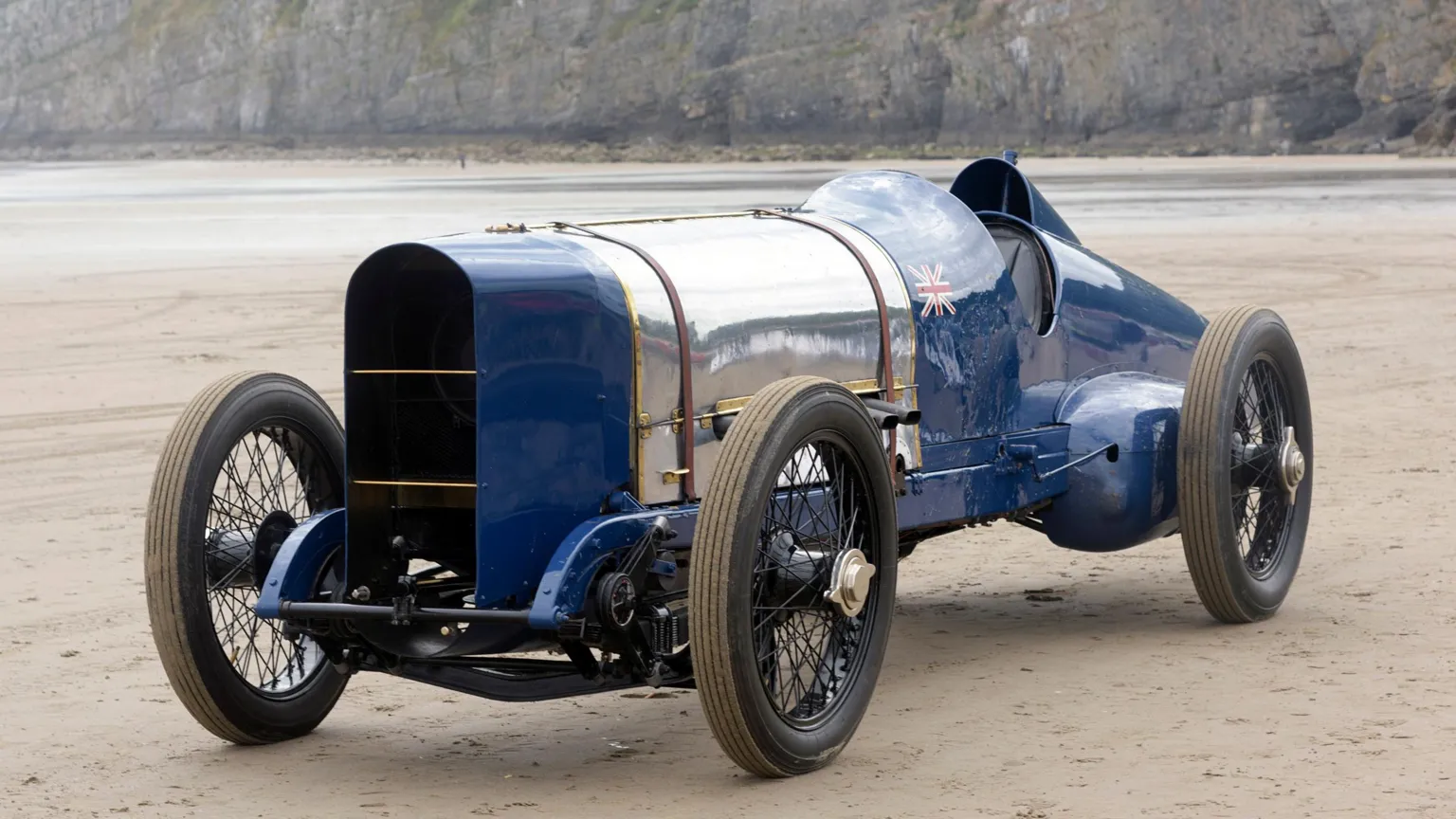A century after Sir Malcolm Campbell shattered land-speed records, his iconic Blue Bird revisits Pendine Sands to honor an era of daring innovation, legacy, and speed.
Pendine Sands, Wales – A century ago, the roar of a 350-horsepower engine echoed across a seven-mile stretch of firm, sunlit beach in Carmarthenshire. It was here, on 21 July 1925, that Sir Malcolm Campbell and his sleek, narrow-bodied Sunbeam car—fittingly named Blue Bird—etched their names into the annals of history by becoming the first to breach the 150mph barrier on land. With a blistering average speed of 150.766mph, Campbell didn’t just set a new record; he ignited a global obsession with speed, adventure, and engineering excellence.
Fast forward to 2025, and Blue Bird is once again gracing the golden sands of Pendine—not for a race, but for remembrance. In a poignant ceremonial return organized by the National Motor Museum, the world’s first 150mph car will be wheeled onto the same stretch of beach it once conquered, this time under the watchful eyes of Campbell’s grandson, Don Wales. It marks the 100th anniversary of a moment that not only changed automotive history, but also the Campbell family’s destiny.
The Campbells, it turns out, are no strangers to speed. Don Wales, the grandson of Sir Malcolm and nephew to the legendary Donald Campbell—who uniquely held both land and water-speed records—has himself set records in electric and steam-powered vehicles, as well as for piloting the world’s fastest lawnmower. “There’s just something in our genes,” Wales reflects, linking their intrepid spirit to his grandfather’s Scottish ancestry. “When the red mist of racing descends, nothing matters more than burying our right foot and seeing how fast our vehicles, talent and bravery can take us.”
Pendine Sands was the epicenter of land-speed culture in the 1920s, its expansive, hard-packed surface ideal for both acceleration and safe deceleration—something race tracks of the time, like Brooklands, couldn’t provide. Between 1924 and 1927, it became the battleground for speed pioneers. Sir Malcolm Campbell and his friend-turned-rival, the Welsh engineer J.G. Parry Thomas, pushed the boundaries of velocity, raising the record from 140mph to an astonishing 176mph. Tragically, Parry Thomas lost his life in pursuit of the record, driving his self-built machine Babs, a purpose-engineered monster built for raw power and nothing else.
“Grandad and Parry Thomas had very different approaches,” Wales noted. “Blue Bird was originally a track car, refined and aerodynamic, while Babs was a brutal force of engineering, built solely for speed. That contrast, and their rivalry, is what kept the public captivated.”
As drone footage now reveals Pendine’s majestic sweep from Tenby to Carmarthen, it’s hard not to imagine the thunder of engines past echoing through time. The beach remains a living monument to human ambition, resilience, and ingenuity. And as Blue Bird makes its silent return to the sands, it doesn’t just carry the legacy of a man or a machine—it embodies a century of dreams racing against the wind.







